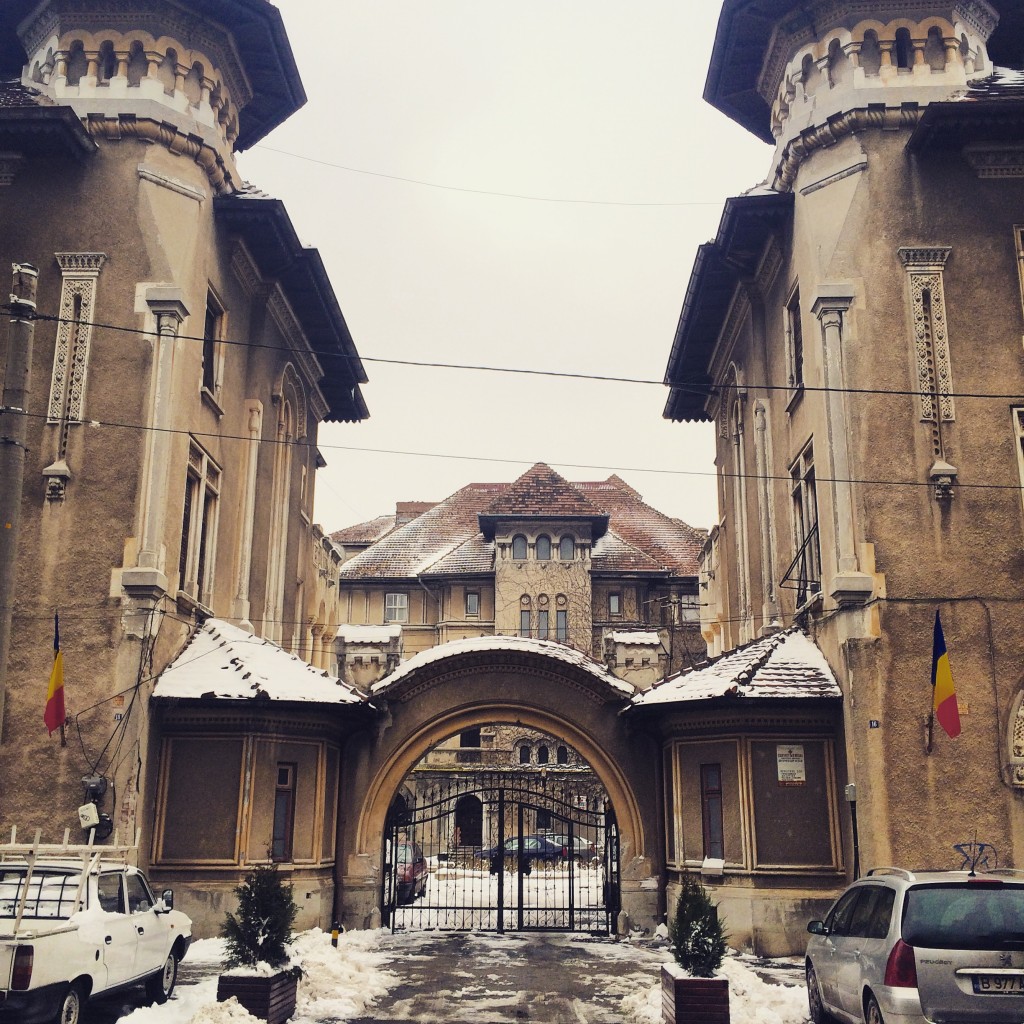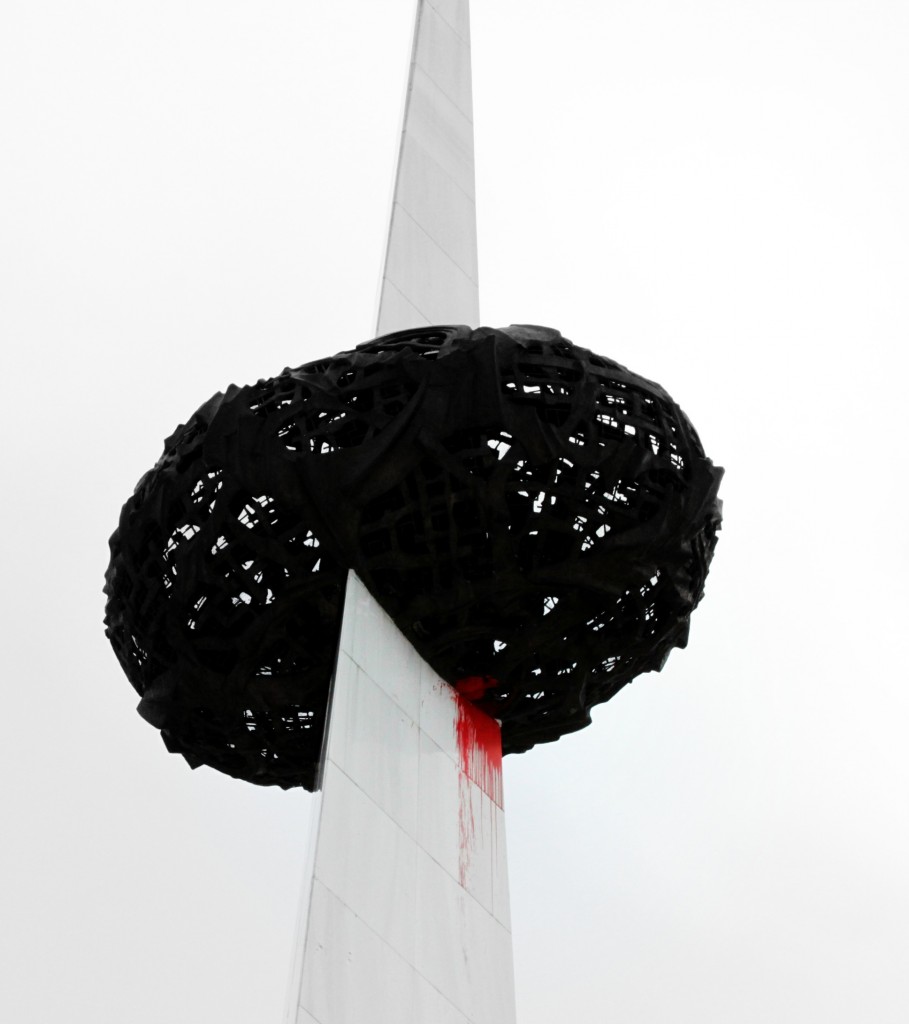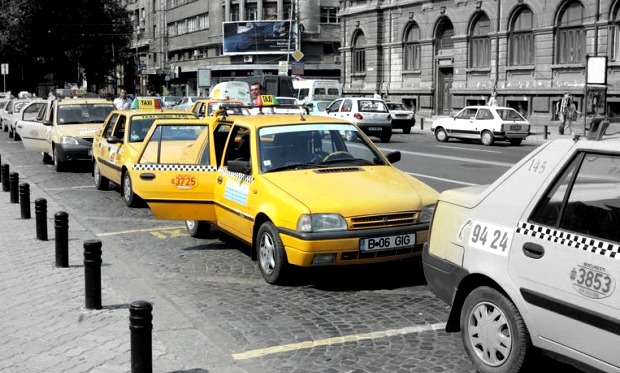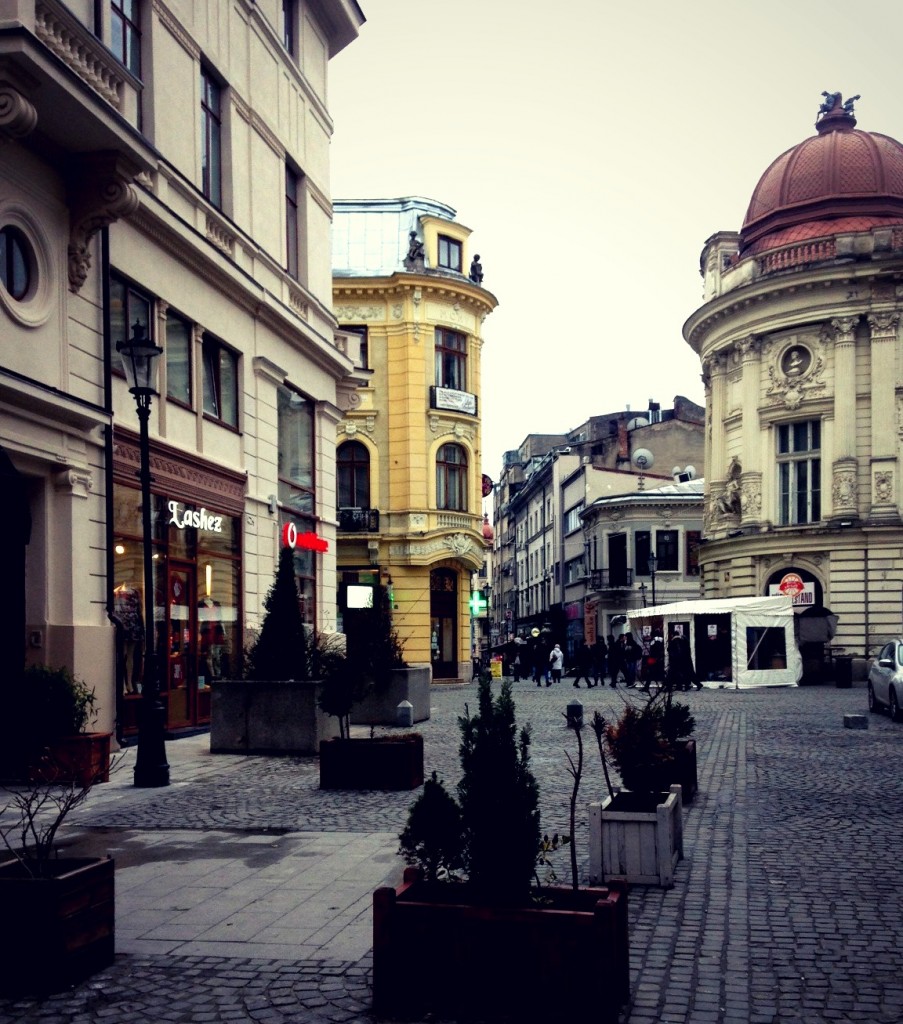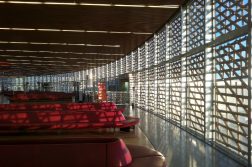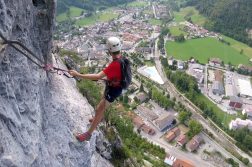Bucharest often gets a bad rap in favour of other Romanian regions…travellers tend to pass through the capital as a stop-gap on their way to Transylvania.
It’s not a place that springs to mind when you think of Eastern Europe either, with tourists flocking to more popular destinations such as Prague, Budapest and Kraków.
Changes are afoot, however. Not only is Romania in the Lonely Planet‘s Top 50 Best Value Destinations this year, but Bucharest is attracting more and more tourists –and the tourism industry has seen a significant increase in not only the number of visitors, but also in economic revenue since 2002. Meanwhile, the city has benefited from an economic boom along with EU grants that have helped rebuild neglected parts of the city.
We didn’t have much time to explore Bucharest properly and, seeing as we were there to celebrate our friend’s birthday, it goes without saying, drinking and eating were of great importance to our plans. But what we did see was fascinating. The city certainly captured our imaginations.
It may be more than 25 years since communism came to an end in Romania, following the violent overthrow of former dictator Nicolae Ceausescu, but feelings still remain raw. Such was the level of repression and poverty under Ceausescu’s regime that ruled the country from the end of World War Two until December 1989, that most Romanians still don’t like to discuss this turbulent part of their history. It was a time of severe food and fuel shortages – and the feared secret police, the Securitate, who arrested and killed thousands of people.
We felt this first hand, when we passed the Memorial of Rebirth and remarked that it did indeed look like a potato, the cab driver turned around and shouted at us to not be so insulting. Of course, we were mortified and explained that this was a description given to us by a guide earlier that day. He then proceeded to curse in Romanian and tell us not to listen to this ‘stupid man’. Communism and the revolution still sting – and not just in the psyche of the Romanian people – it is evident all over the city.
Dilapidated structures intermingled with new construction sites; 17th-century churches and neo-gothic buildings tucked away behind gleaming, shiny new high-rises; a modern centre – garish in comparison to the old – and filled with designer shops as far as the eye can see. A sure sign that capitalism and wealth is slowly, but surely, seeping into the infrastructure of Bucharest. We were even taken aback to see a huge IKEA on the way from the airport, as well as luxury SUVs and saloon cars weaving in and out of the traffic alongside the bright yellow Dacia taxis, so prevalent on the roads.
But you can never stray far from the city’s communist past – the bullet holes still visible in the Senate Building in Revolution Square – or the almighty presence of The Palace of Parliament – Ceausescu’s pet project which crippled the economy and saw him nearly destroy Bucharest and its people.
The historic Old Town (Centru Vechi), which is also known as the Lipscani area, is where we spent most our time – its cobbled streets lined with a mix of the old and new establishments is where we felt most at home.
What the Second World War didn’t destroy, communism did, most notably in the form of the grandiose Civic Centre project that saw almost a fifth of the total area of the city flattened. It was also astonishing to discover that Chechescu was planning to tear Lipscani down – the date this was due to happen was three days after his execution. Indeed, that anything survived in this area is little short of a miracle.
While much of Bucharest has changed beyond recognition over the past two decades, nothing compares to the recent transformation of the Old Town which in the past several years has turned from what was a no-go area to Bucharest’s most popular district.
Forty-eight hours in Bucharest didn’t really allow us to get deep into its underbelly, but we still managed to explore – even though we were hampered by treacherous weather conditions. I expected lashings of Eastern Bloc vibe – gritty, run-down, and dare I say it, ugly. Of course, it was this in some areas, but we stumbled across several architecturally stunning buildings in parts.
Bucharest is an edgy city – captivating and interesting – on the cusp of great things. Once the floodgates open, travellers will be coming in their droves. Not only is it ridiculously cheap to fly there from the UK, but once there, drink, accommodation and transportation are all very reasonable priced. We even had Romanian Lei left over, try as we might to spend it… We were also heartened to meet such friendly and welcoming people, from the strangers and policemen who helped us while we were out and about, to the restaurant waiters and bar staff.
Pre-communist Bucharest was dubbed the ‘Paris of the East’ and I can see why; the city is clearly beginning to get back some of that old French charm, as renovations continue to push on. Bucharest is finally rediscovering its former glory.
Ting blogs about travel inspiration over at My Travel Monkey.

